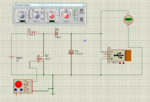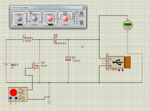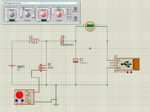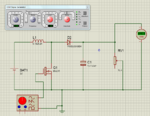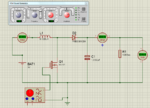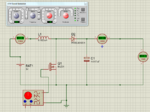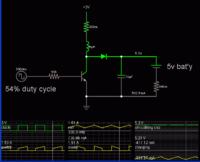- Joined
- Jan 22, 2008
- Messages
- 52,485
- Helped
- 14,756
- Reputation
- 29,794
- Reaction score
- 14,121
- Trophy points
- 1,393
- Location
- Bochum, Germany
- Activity points
- 298,363
No battery size was mentioned yet, so nothing to say about achievable output current. Forget about anything below C/LR14 from the start.


